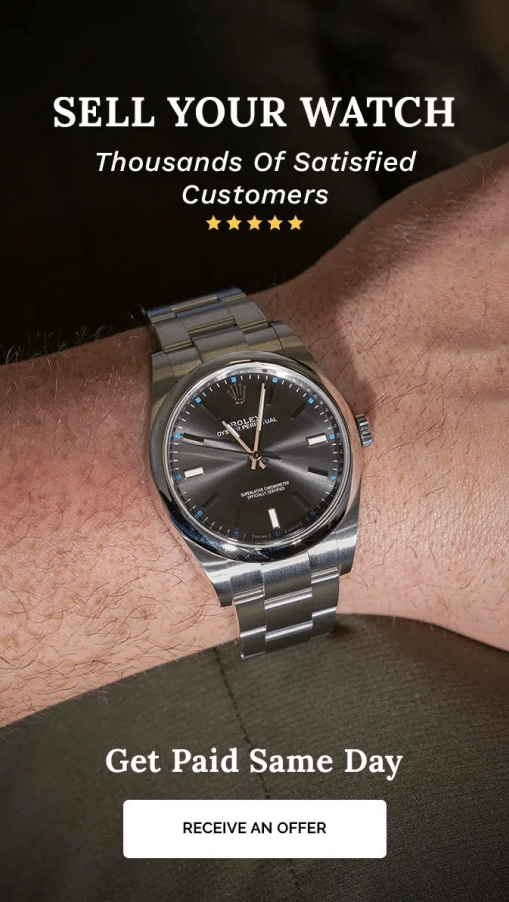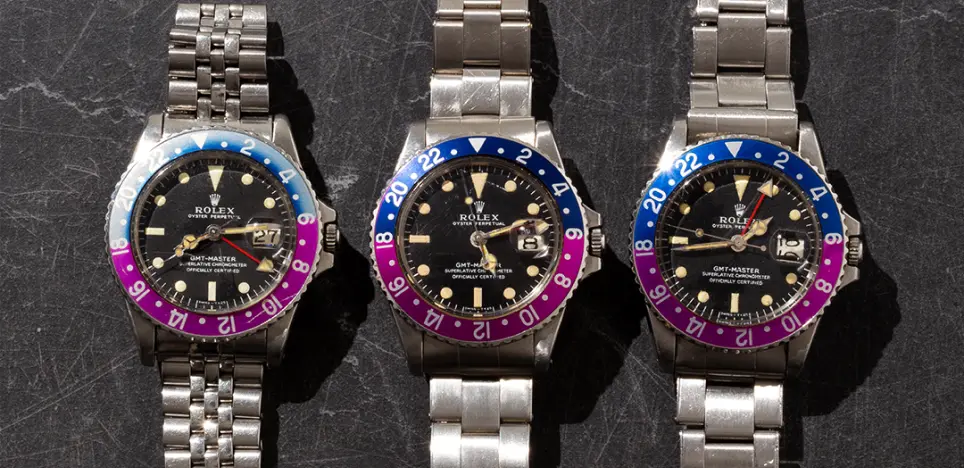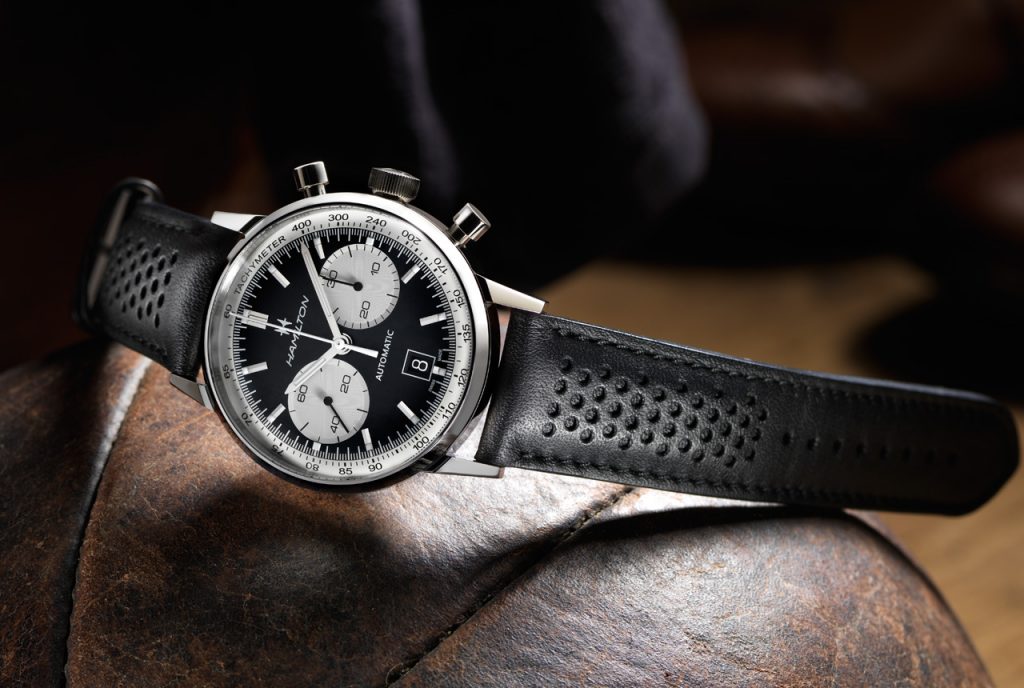Spotting a Fake Watch [INFOGRAPHIC]
October 10, 2016How can you tell a real watch from a counterfeit watch?
Collecting luxury watches can be expensive, even if you only have a single watch. With some brands costing upwards of $1,000,000, it can sure be tempting to try and get out on the web and find some crazy deals on a luxury watch. Buyer beware! Counterfeit watches have not only flooded the market, but they continue to get more and more convincing, to both the trained and untrained eye. Below is the compilation of our best advice for spotting and avoiding counterfeits.
Do The Research First
Before you even start your luxury watch shopping, do your due diligence – research the brand and models you are interested in. You have to find out what real watches look like. Head to a local authorized dealer, try it on, feel the weight, listen to its internal mechanisms. Sure, you can search a top brand and model online, but to be able to truly analyze the watch in your hands is priceless when shopping for a new or used luxury timepiece.
Before buying a new luxury watch, you should be able to match and identify the following:
- Material. Counterfeiters cut corners – many times the material, finish, and even the color may be slightly off. Gold watches should also be hallmarked, but of course, that is not a guarantee.
- Weight. Typically constructed from lighter and cheaper materials, counterfeit watches sometimes give themselves away from the moment you put them on.
- Type faces and engravings. Look for variations in quality and typeface – fine watches have engravings that are sharp and distinct – a counterfeit watch may even have a spelling error!
- Movement. As good as the exterior of the watch may look, the most important part is the movement. No matter how pretty a counterfeit, it will never have a better movement than the original. Be sure to check with a watch expert to examine the internal mechanisms of the watch.
- Sound. One final factor to distinguish a real watch from a counterfeit is the sound of the movement. Most watches are incredibly smooth, without the usual ticking sound you may expect with cheaper watches. Chance are, if it ticks loudly, you may need to rethink your purchase.
Know The Seller
If anyone ever corners you in a dark alley and tries to sell a Pre-Owned Rolex, you can bet that the watch is a fake, or even worse, stolen. But sometimes even the most seemingly trustworthy sellers may try to get one over on a hapless customer. Be sure to research not just the watch, but the dealer too. A dealer like us, with positive reviews throughout the web and an A+ rating from the Better Business Bureau, is your best way to go. Of course, you can choose not to take our advice. Just know that we warned you. At the end of the day, it’s the seller’s guarantee that matters in the sale.
Paperwork Is Important
Not every watch can come with a certificate of authenticity, but you can certainly feel a lot better if it does. Not only does the paperwork provide a history of the piece and it’s ownership, but it can help to quantify the value of the watch, as well as make it worth more in the long run. And after you purchase the watch? Store that paperwork in a safe place for the future.
Learn The History Of The Watch’s Ownership
Every watch has a distinct history. If your seller doesn’t know where the watch comes from, that’s another bad sign. You should at least find out if it was a private dealer or collector, an estate piece, or perhaps where it was located before. Be mindful of confidentiality, but don’t worry about asking a few question about the watch’s past.
Final Red Flags
Low Prices: If it’s a beautiful Pre-Owned Rolex watch that just sold at auction for $100,000 and you just found it for $10,000 – alarm bells should be ringing. You need to question why you are getting such a good deal, and more than likely, just walk away.
Quick Deals: Don’t ever feel rushed – slow down and do your due diligence. No rush purchase is worth losing thousands on a counterfeit.
As always, if it seems too good to be true, it probably is.
All of Our Watches Are 100% Authentic and Certified By Our In-House Swiss Trained Watchmakers
Brick and Mortar Store For Over 30 Years
Have Any Questions? Speak With One Of Our Sales Professionals

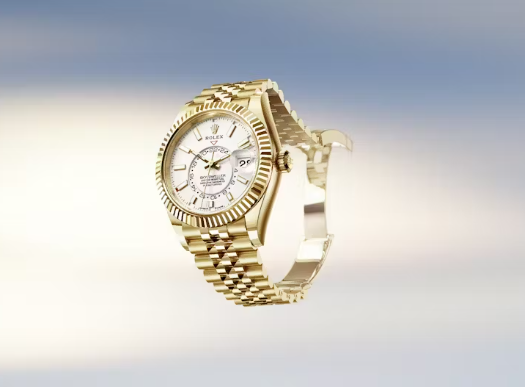
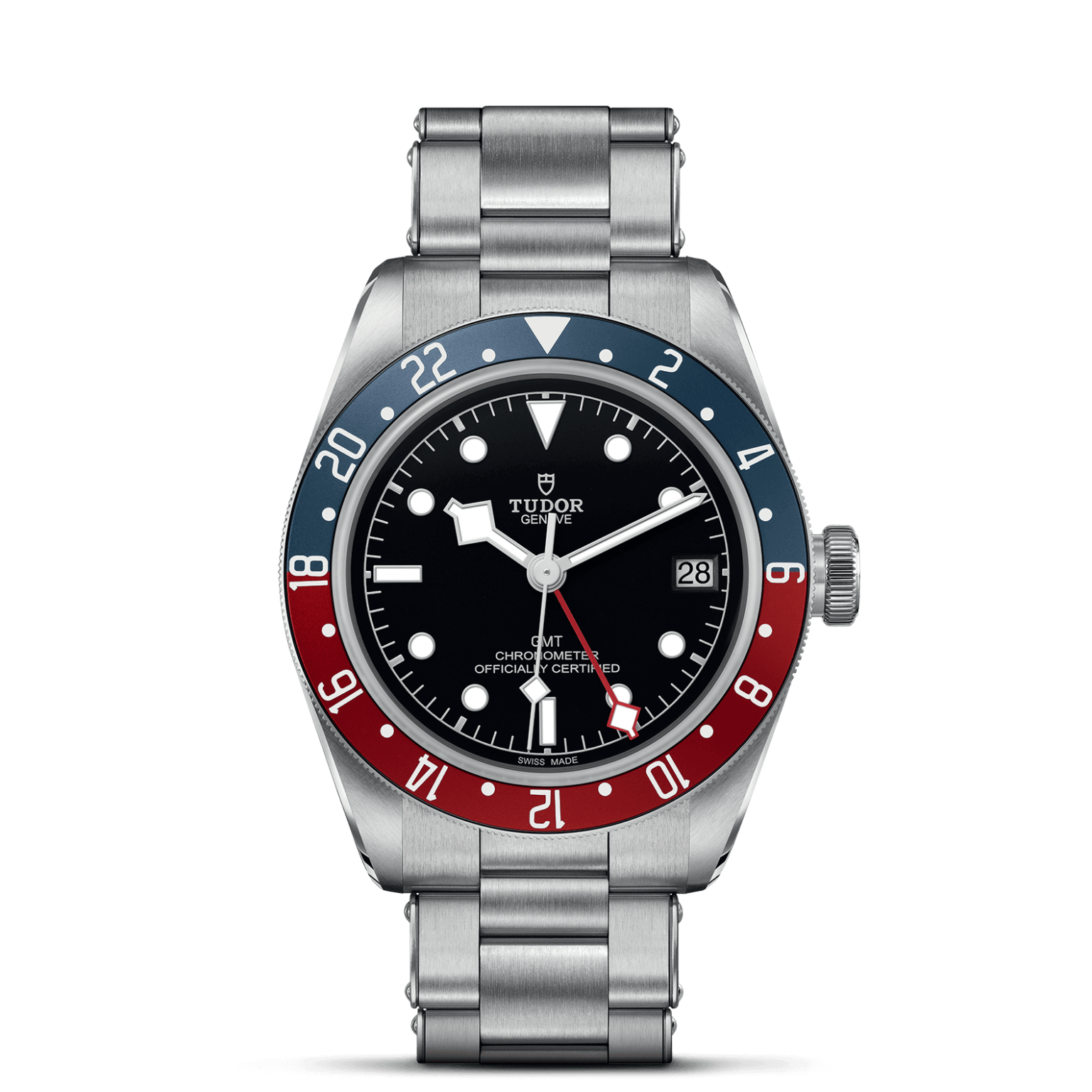
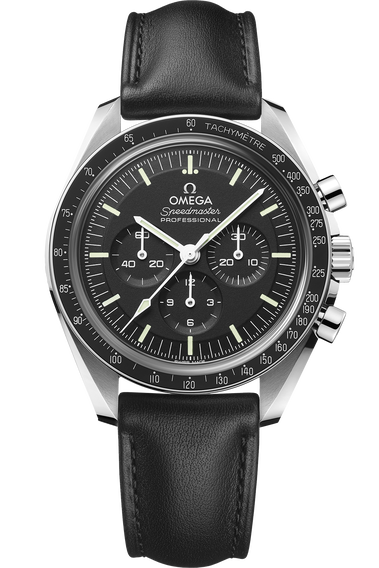
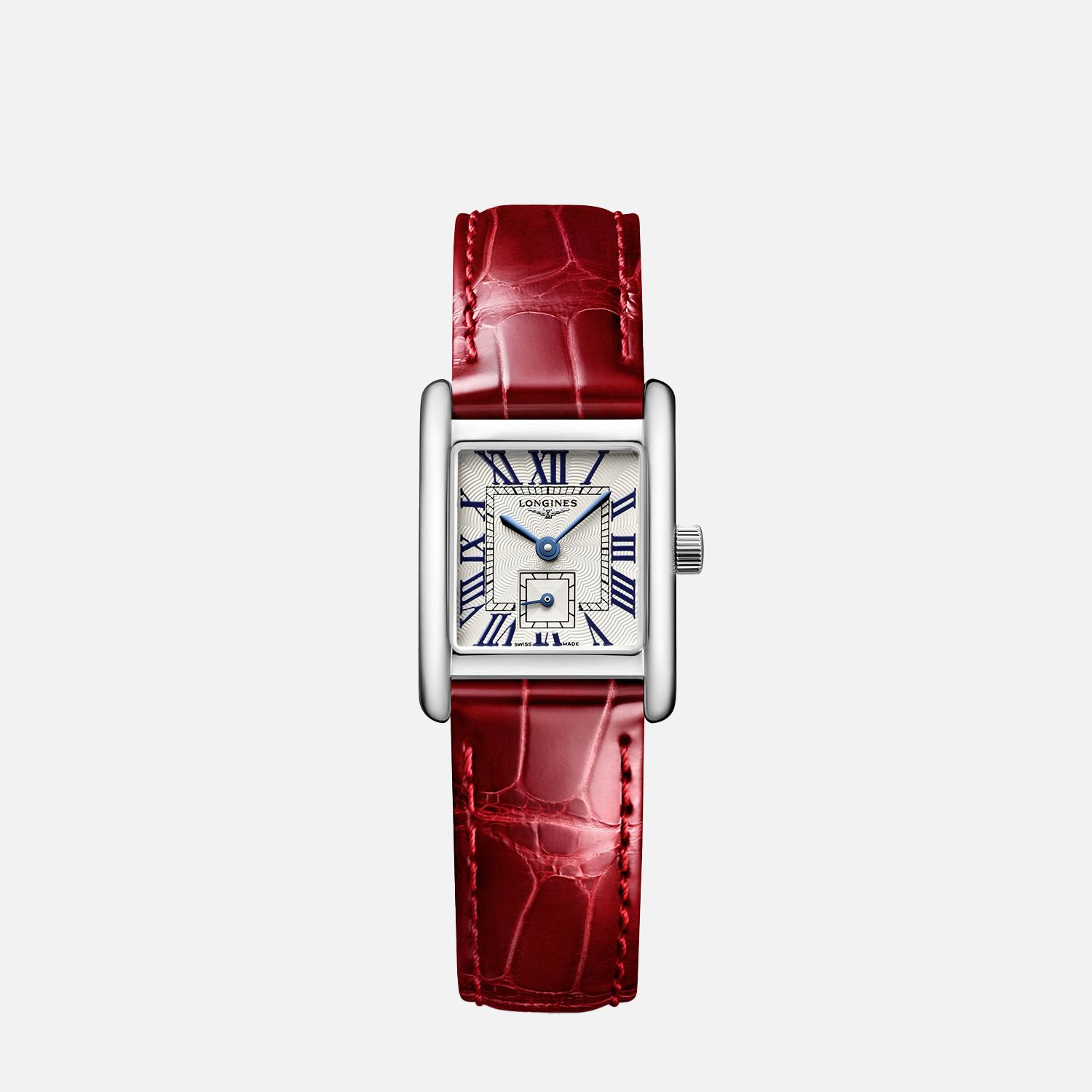
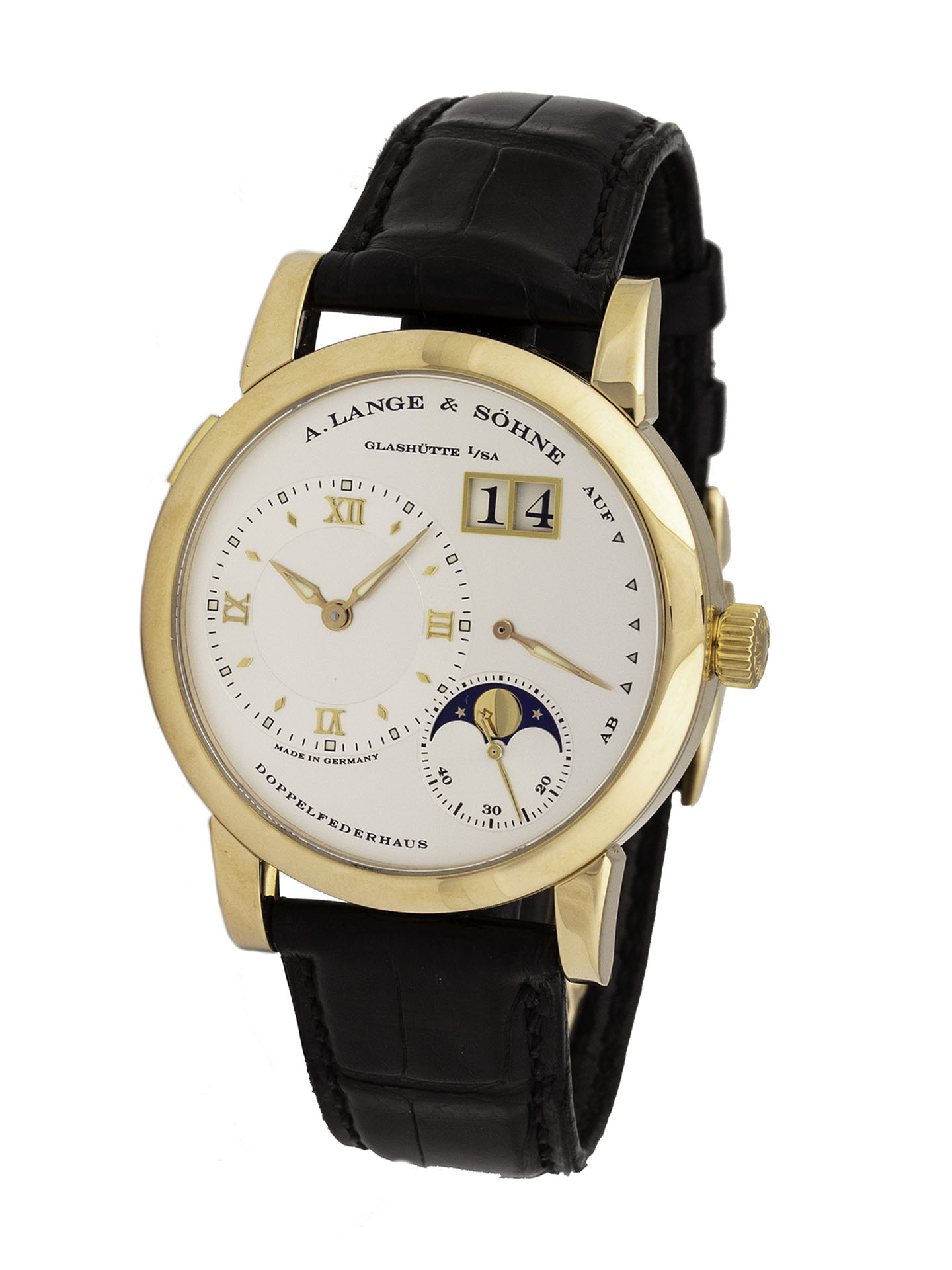

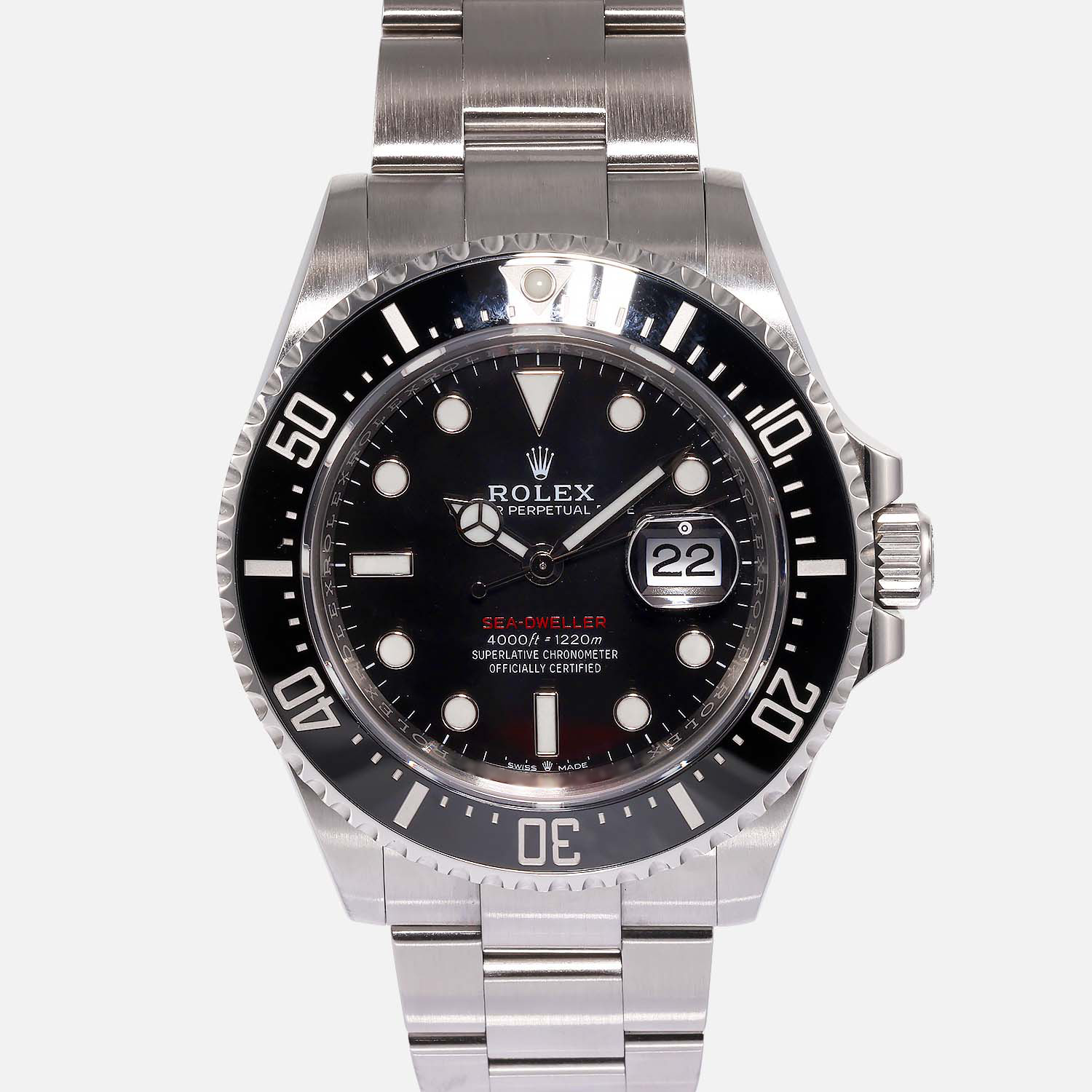
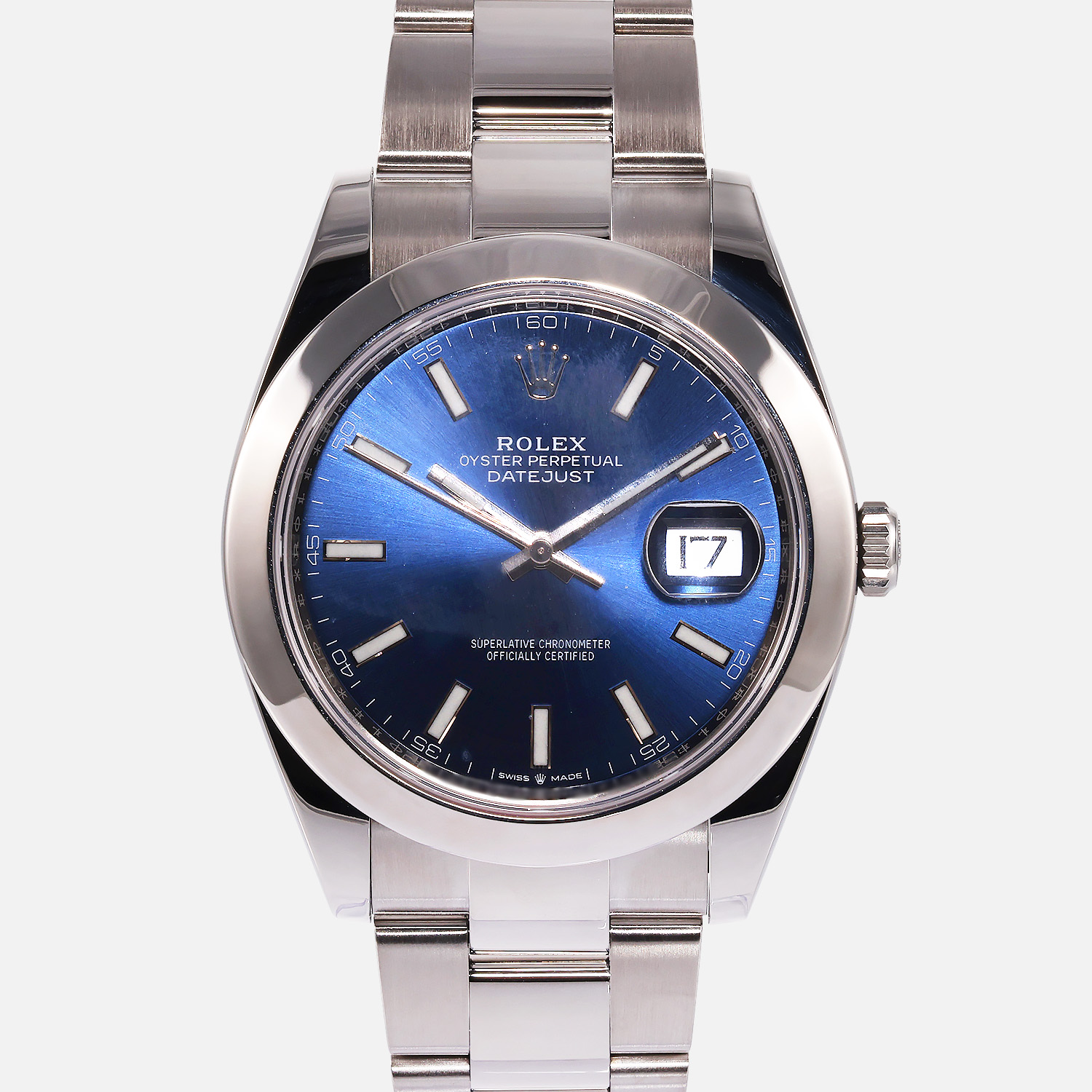
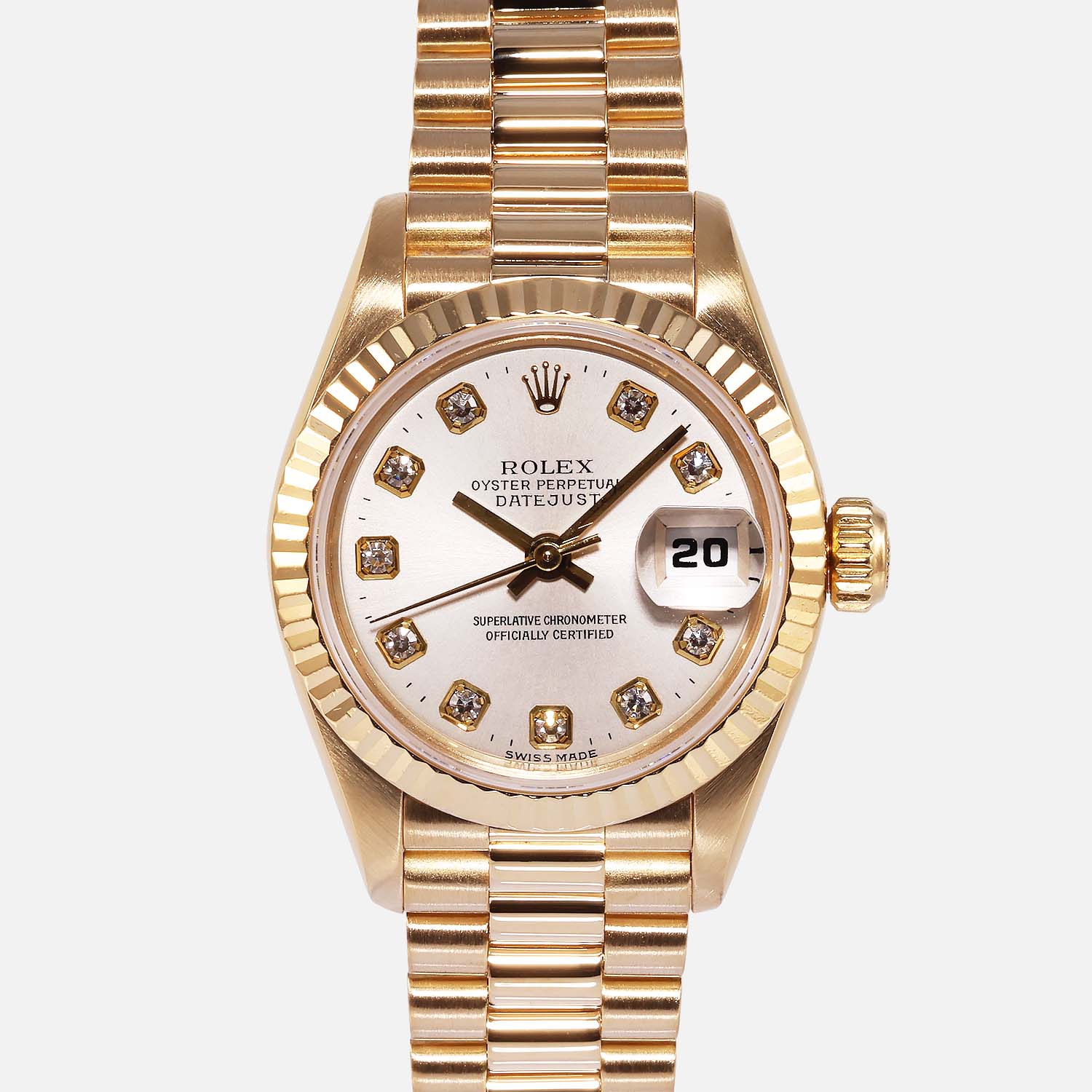
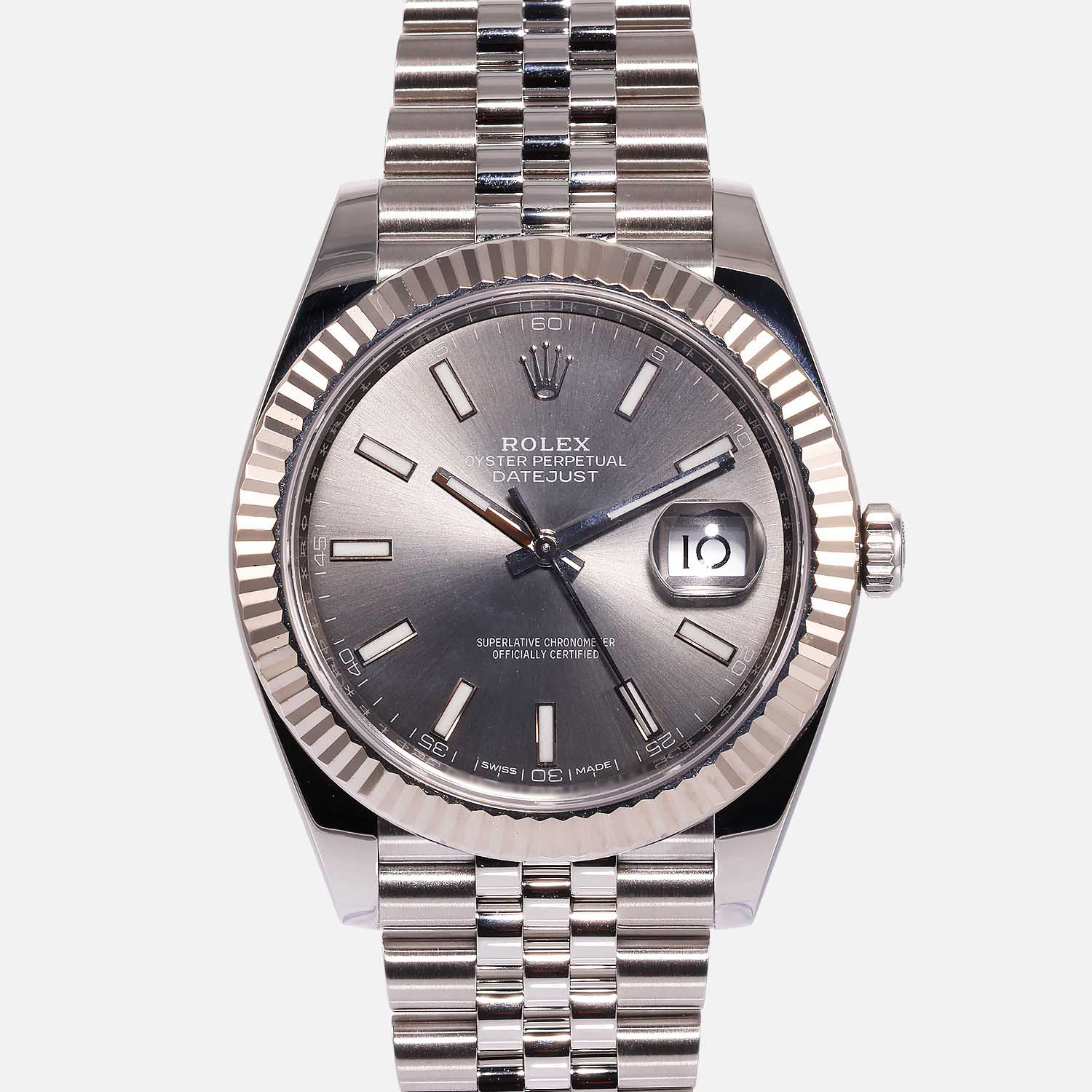
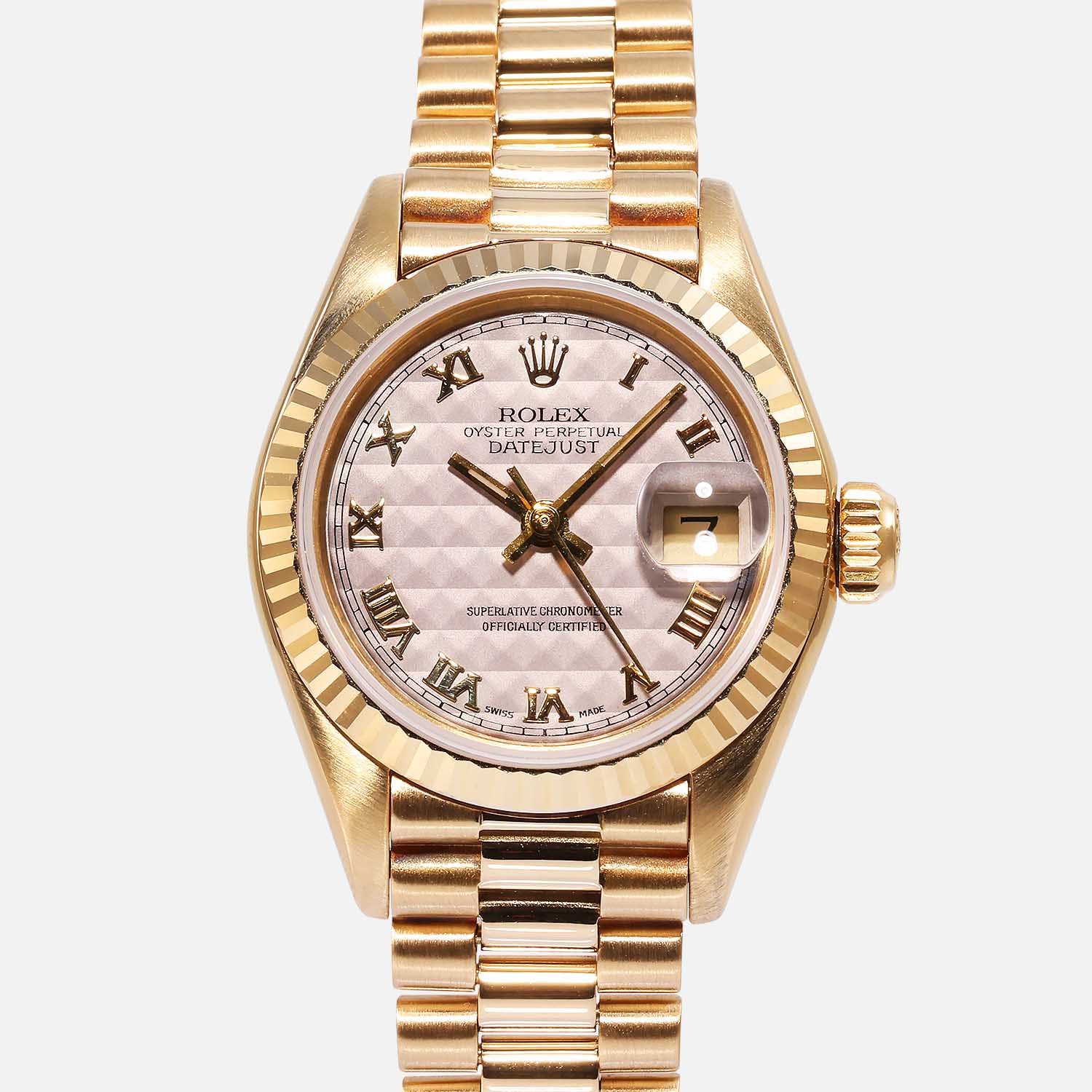
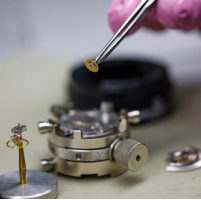
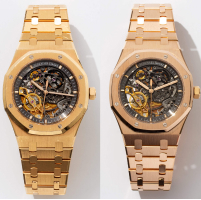
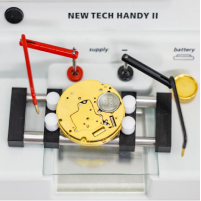
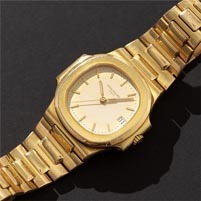
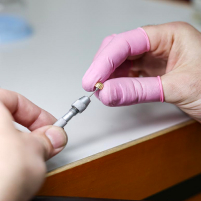
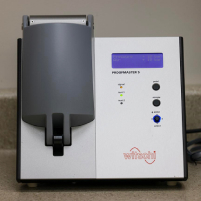
![Spotting a Fake Watch [INFOGRAPHIC]](https://precisionwatches.yelkdev.site/wp-content/uploads/2024/02/pw-logo-sign.png)




